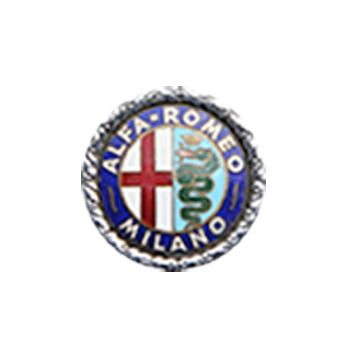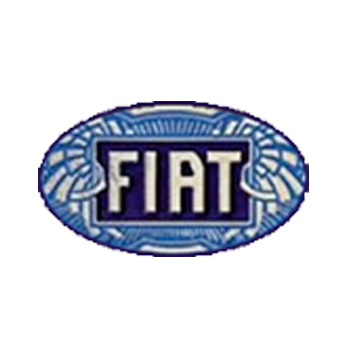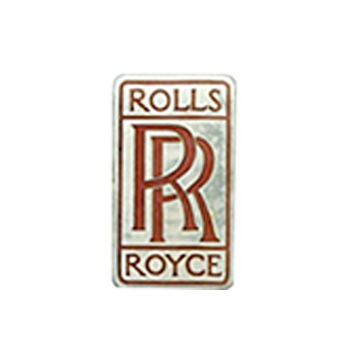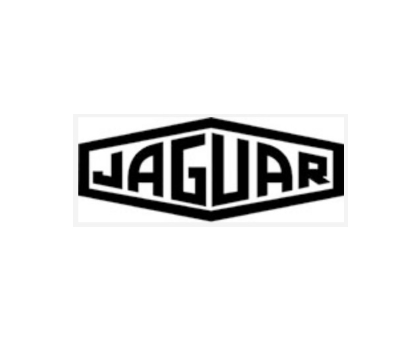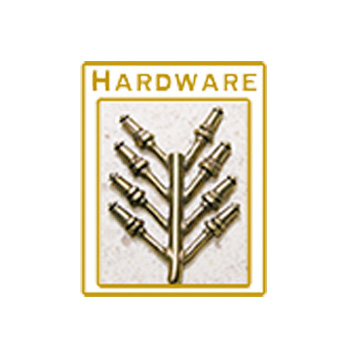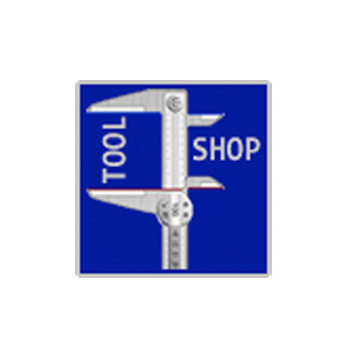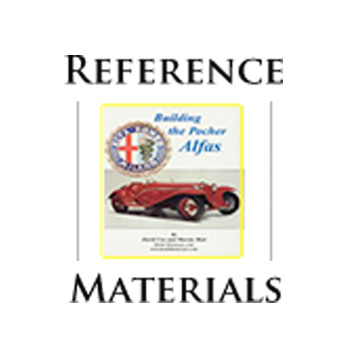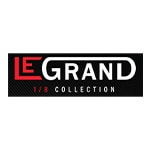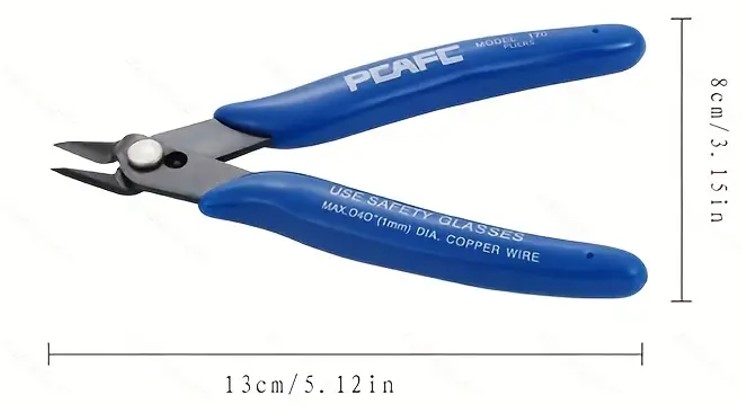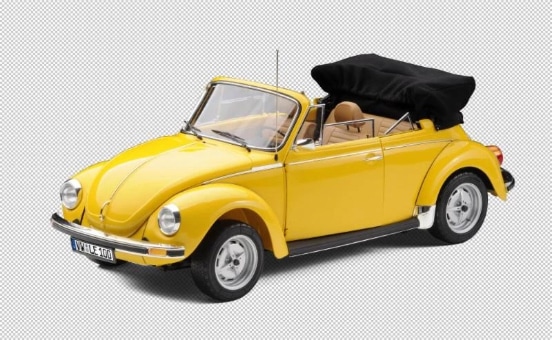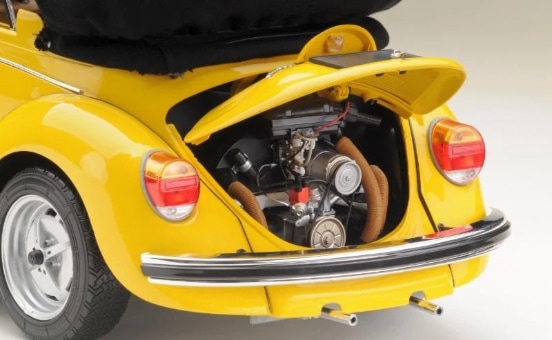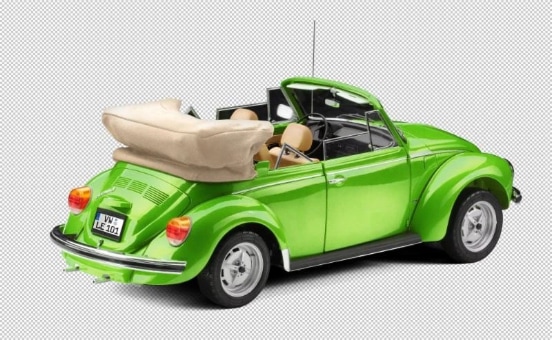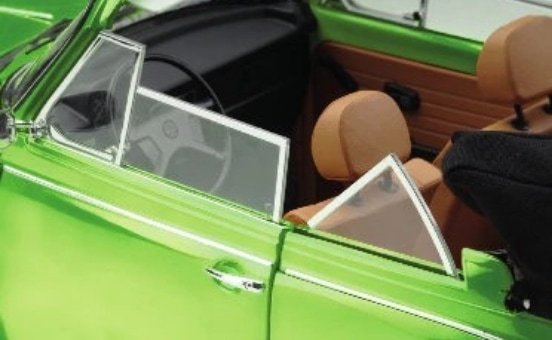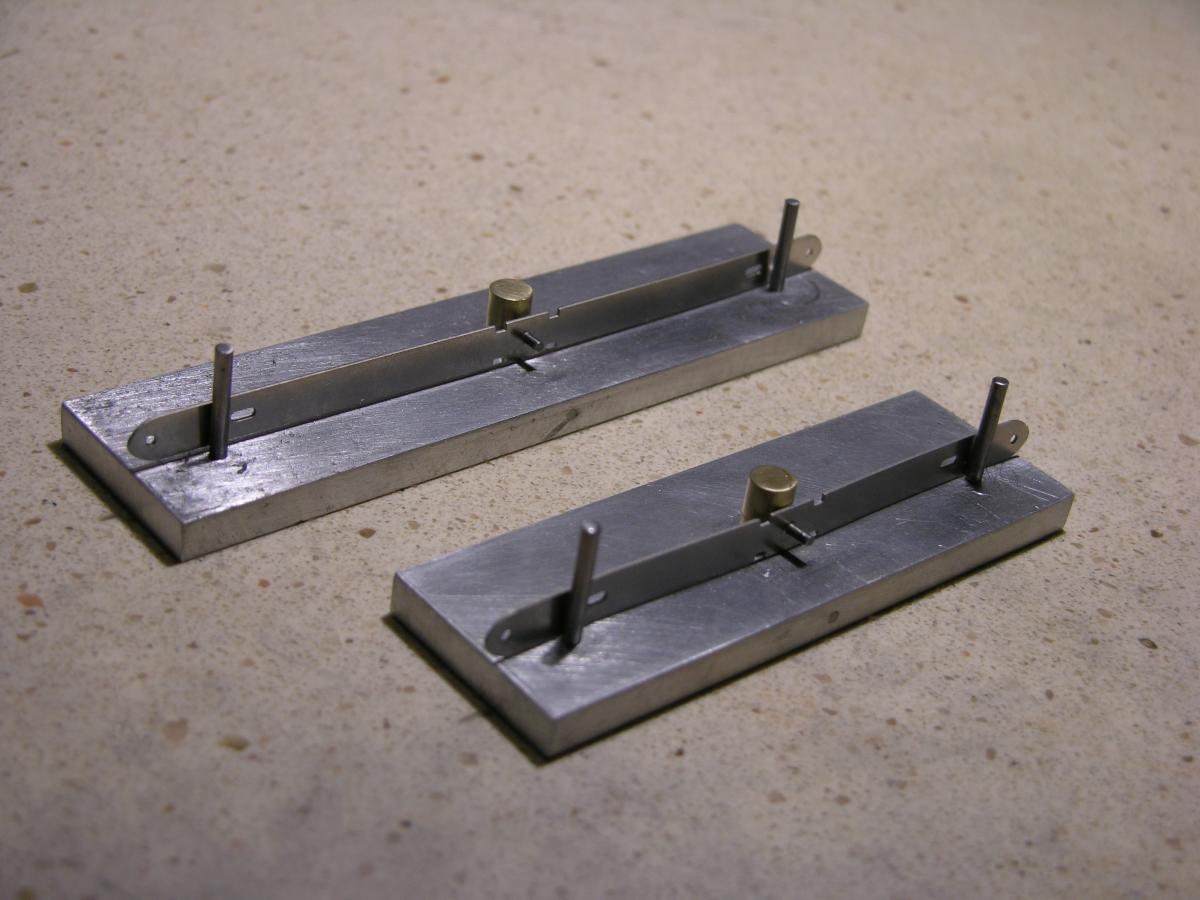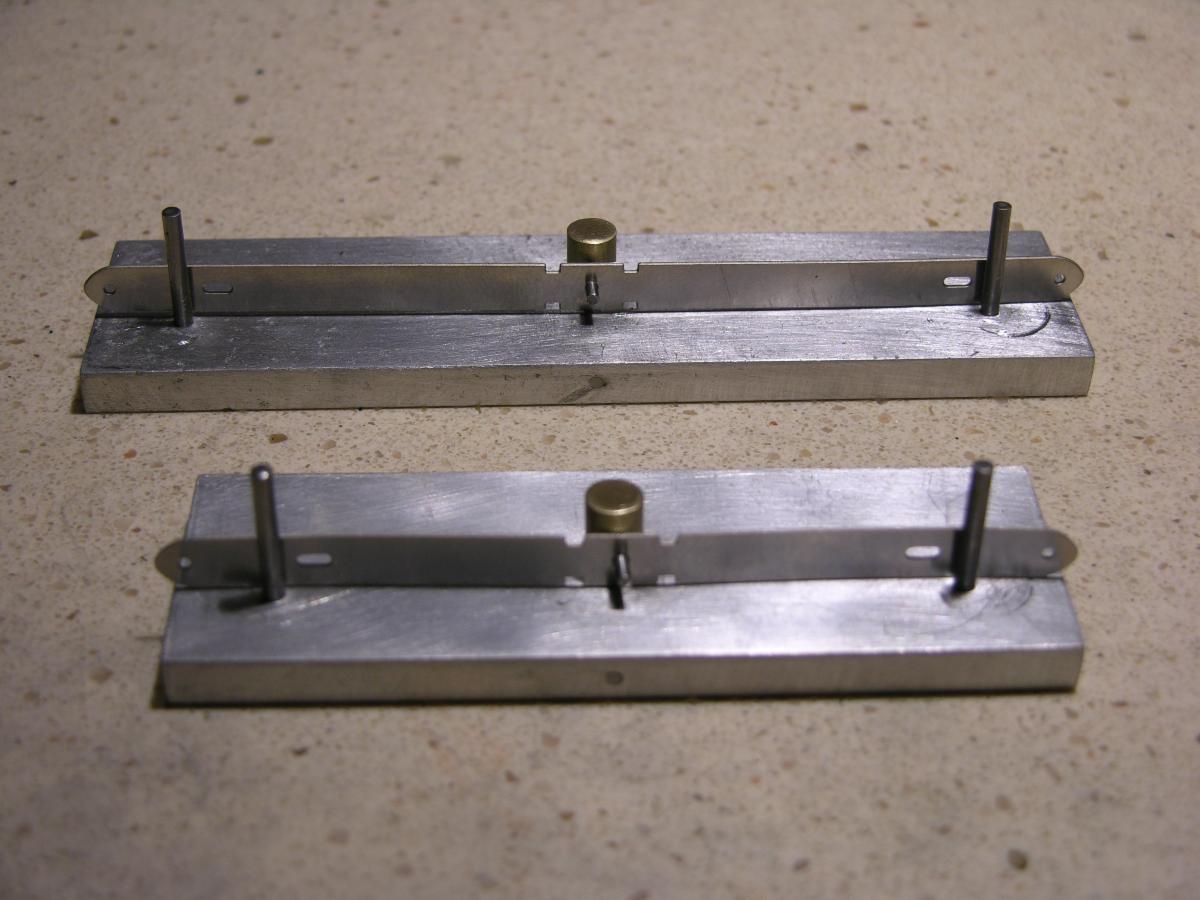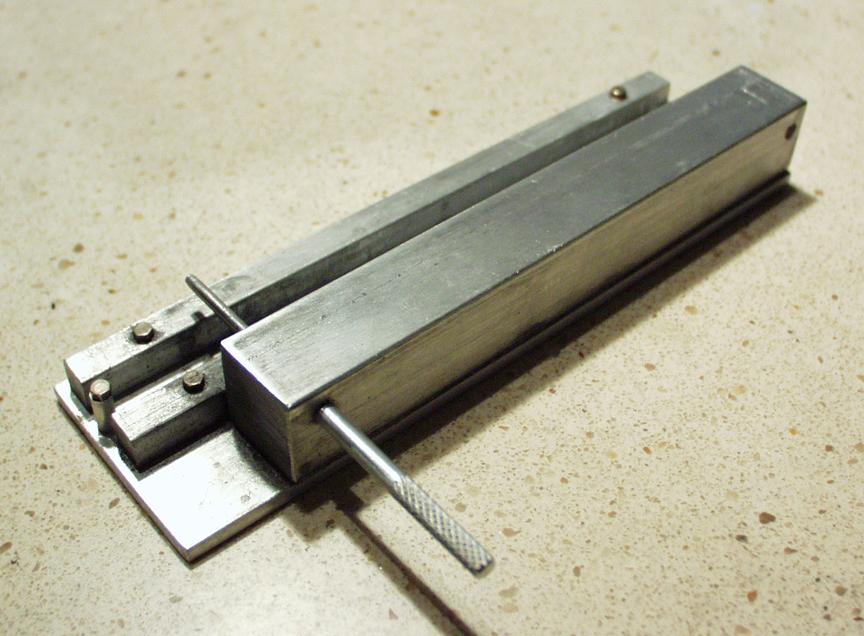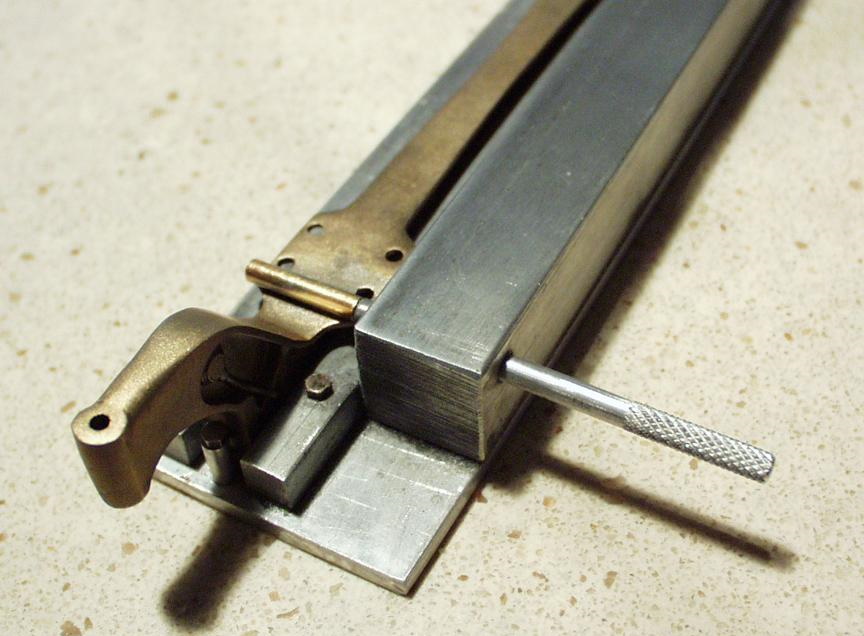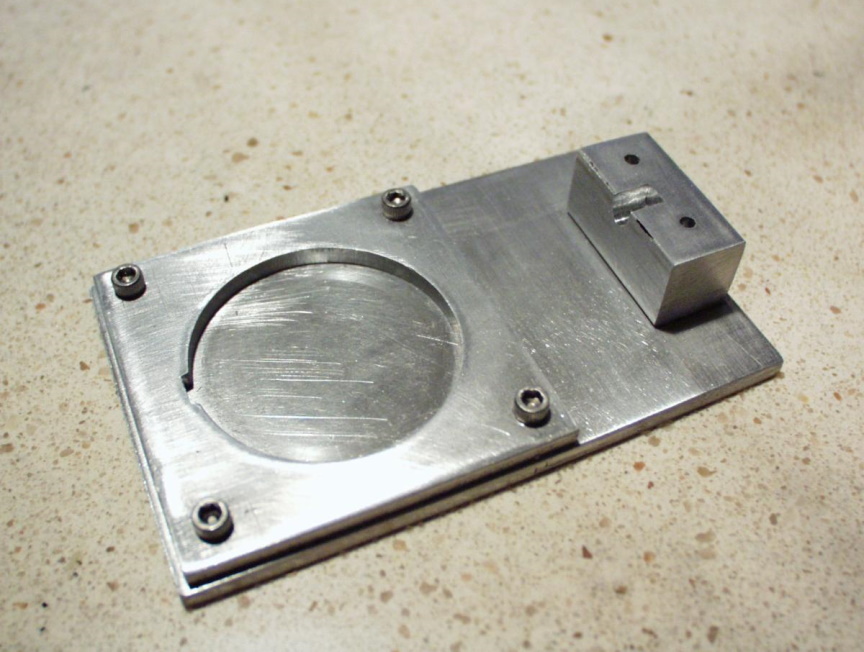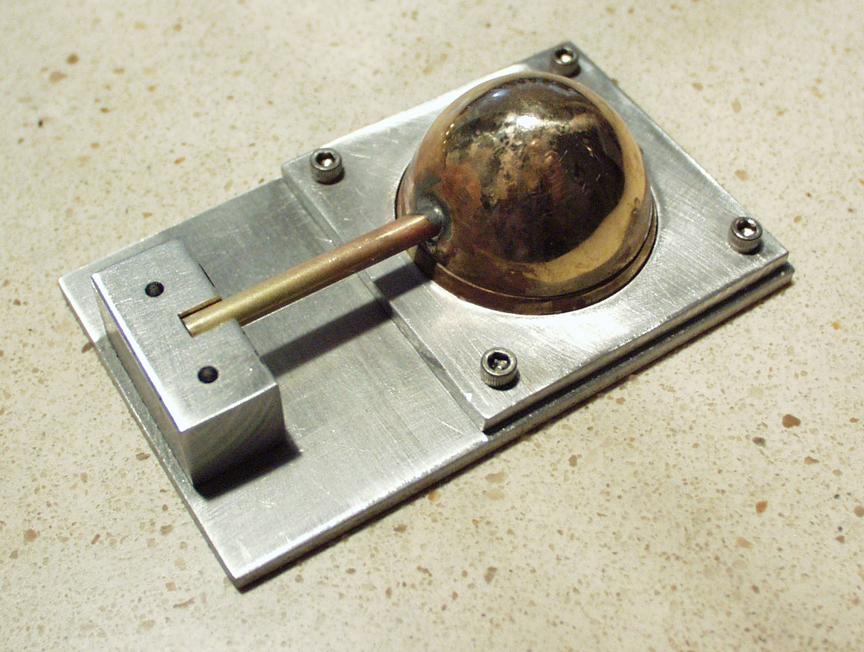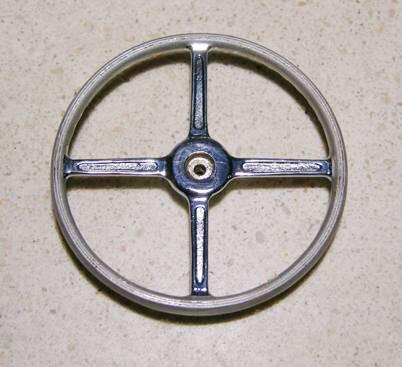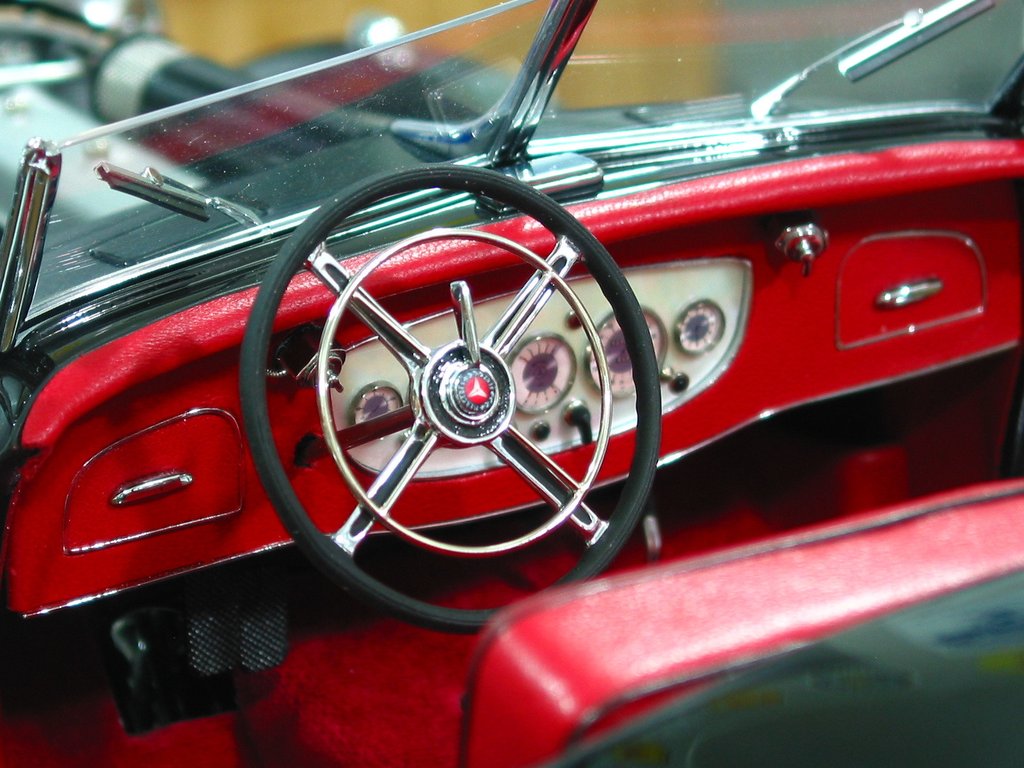Welcome to Model Motorcars
The world's premier aftermarket Pocher online store
Created more than 40 years ago with amazing detail, Pocher Classic models have become coveted collectibles for modelers and automobile lovers all over the world. At Model Motorcars, we understand your drive to improve your Pocher experience, bringing you the best catalog of proprietary parts and materials for over 25 years. From all imaginable parts to books, CDs and tools to help you build and customize the car of your dreams, we have you covered. We pride ourselves in providing the best researched, manufactured and finished parts the world over.
The Challenge of Photography
By David Cox


A wise fellow once said that you can take an accurate photograph or a pretty photograph, but seldom a photograph which is both accurate and pretty. This statement is, of course, nonsense, just look at the images taken by the James Webb telescope, but the statement fairly captures the frustration that so often accompanies the use of a camera. This is especially true when trying to photograph model cars. All sorts of photographic aids address this challenge— everything from light boxes to tripods to close-up lenses—but the courageous model builder who dares to record his accomplishments will soon learn that building a great model is one thing, and photographing it is another. As is so often true in life, the skills demanded may be related but they are not the same.
A great model begins with a vision. Somewhere, the builder gets a good idea of what he wants to achieve, and he sees this in his mind as a shiny (or grubby) sleek (or bulky) and roaring (or whispering) vehicle of his dreams (literally). No matter how close the finished model comes to this vision, the odds of a camera capturing it are long, very long. Say one in a million. Add in the fact that many models begin with artfully taken photo of a prototype auto, staged in a lovely or thrilling or amazing or famous site and expertly lighted and sometimes expertly re-touched, and the odds of the average model builder getting a thrill out of a snap shot taken on the kitchen table are even slimmer. These odds, however, can be improved by a few simple steps:
Know the basics—The basics in this case are truly very basic. Know what the prototype looks like. This is pretty basic but it is surprising to see how many builders miss this concept. The more a model looks like the prototype, the more successfully it will appear to the casual observer. If the car is rare as lips on a chicken, this requirement is less stringent than when the prototype car can be inspected in every parking lot within a hundred mile radius. Model builders have wrestled with picking subjects for their attention since the first model was made of a prehistoric deer. Accuracy counts, unless the result is art. Good, clear, photos of the prototype are essential.
Photography can help with this. Finding good photos of rare cars used to be a great challenge. Nowadays, the Internet assures that there are plenty of photos of all sort of cars, and some of the photos are of the right cars. Most are not. Taking just the right photo of the right car can be costly and annoying—picture flying in to a show in order to take photos of a specific car only to have the owner refuse to open the hood—and fraught with misadventure (“we haven’t had rain at this show in years” or “this is our first hurricane!”). The Internet offers better odds than relying on the weather services and airlines. Knowing what the prototype actually is and what it actually looks like is essential to finding the right photographs. Now you can access accurate photos while sitting in your easy chair.
Use what you have—When you find suitable photos of a car—photos that are not taken at an angle, photos that are clear and well lighted—do some measuring. Wheels are a great place to start because they are a known dimension. Measure the diameter of the wheel in the photo, and anything else in the photo that matches that dimension is the same size as the wheel. In this way, most dimensions can be checked. If this subject is new to you, then this idea may be useful in explaining what all those people with cameras are doing at the car shows. (Seeing people take photos are unusual angles can be explained simply by assuming that they are artists and have no interest in actual dimensions.)
Compare photos—If you take photos of your model at the same angle as those taken of the prototype (see photos above) you can have the ultimate in affirmation. If the two photos look the same, then it can be assumed that the model is a success. Again, this is a matter of odds, and they, as before, are distressingly long. No worries here, so long as everyone remembers that the idea of building models is based on having fun, and the more models we build, the more fun we are having.
For the few of us who have plenty of photos and very, very few matches to similar photos of prototypes, photos can still be useful in another way. Put aside the ‘end result’ of all that measuring and cutting and assembling, and consider the process. The process of building the model can be greatly enhanced by the simple application of a camera.
Record the process—by keeping a camera near the workbench, there is a greater chance that the harried builder will remember to take photos of the actual process of construction. It may seem fanciful that anything can be gained by recording the Herculean struggle to assemble a Pocher wire wheel, but a year or two after the struggle, it might be useful to remember the tools used, the order of the spokes, or even how the wheel components were prepared before construction. Things like special tools or jigs will be a godsend for the hapless builder facing a challenge which is memorable for its struggle but not so much for its solutions. A few seconds spent on photos can be amply rewarded when encountering another set of un-assembled wheels.
Although rarely mentioned in connection with models, the idea is well established that the value of a restored car is enhanced by a good, clear photographic record of its restoration. Of course, most of us do not worry about the market value of our model projects, but it stands to reason that spending a year or two building a model is in itself a justification for taking some pictures. At the very least, photos can attest to the hidden details of our beloved Pochers, and the odds are good that the photos will be of interest to whoever ends up with our treasures. Furthermore, it is hard to imagine a better way to drive away unwanted visitors than by dragging out several photo albums of previous projects. (Caution: This technique may backfire if visitors are model enthusiasts.)
Finally, photographs can be instrumental in allowing us to extend our reach as modelers.
Convert accomplishment into skill —When we have accomplished the seemingly impossible task of building a Pocher, and we are faced with a few doodads and whatchamacallits left to rattle around in the Pocher box, we are justified in feeling a sense of pride. This feeling is a gift to be treasured, and it is relatively rare. One might assume that it cannot be improved. Construction photographs have taught us that there can be an additional reason for taking the time and expending the effort to record the construction process. By seeing how something on a previous model was assembled, we often can see our way to improving what we have done. This incremental improvement contributes to a confidence that in turn leads to more small refinements until, lo and behold, we have actually accumulated new skills. Do something once, and it is an accomplishment; do the same thing again, and the builder will have learned a new skill.
Like most skills, taking pictures can be a nuisance, and it surely is fraught with frustration. At the same time, photos can be a treasure of memories and inspiration. Most of all, photos can be an essential part in our Pocher adventure. We have said it before and it bears repeating: the most important tool on our bench is the camera, which, nowadays, is really a phone.
A Word about our Wrenches.
Recently we’ve become aware of some confusion with our wrench sizes. Wrenches are sold based on the size of the nut or bolt the wrench is to be used with. So, for example, a 1.0mm bolt uses a 1mm wrench. But it’s important to remember, the head of a 1.0mm bolt is larger than 1.0mm flat-to-flat. In the case of a 1.0mm bolt, the flat-to-flat dimension of the head is 1.5mm. This is why, if you order a 1mm open end wrench, the wrench you will receive will have a “1.5” stamped on it.
AN IMPORTANT NOTICE TO OUR VALUED CUSTOMERS:
Shipments of new orders may experience temporary delays. You may continue to browse and place orders on our site, but please be advised that it may take longer than usual to ship your order. We sincerely appreciate your patience. Thank you for continuing to support our small business in these challenging times!
March's Feature Exhibit
Carlos Duarte Duran's
Alfa-Romeo 8c 2300 Corsa
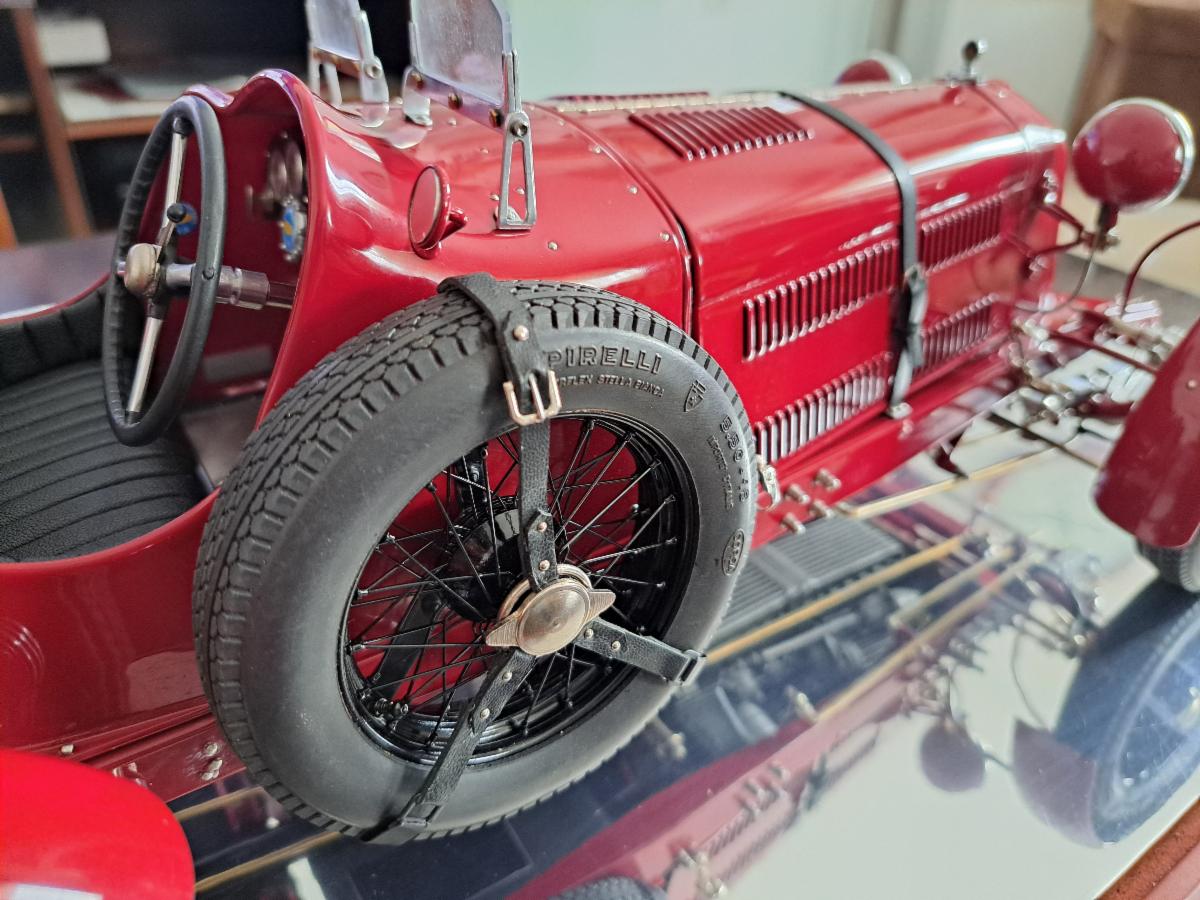
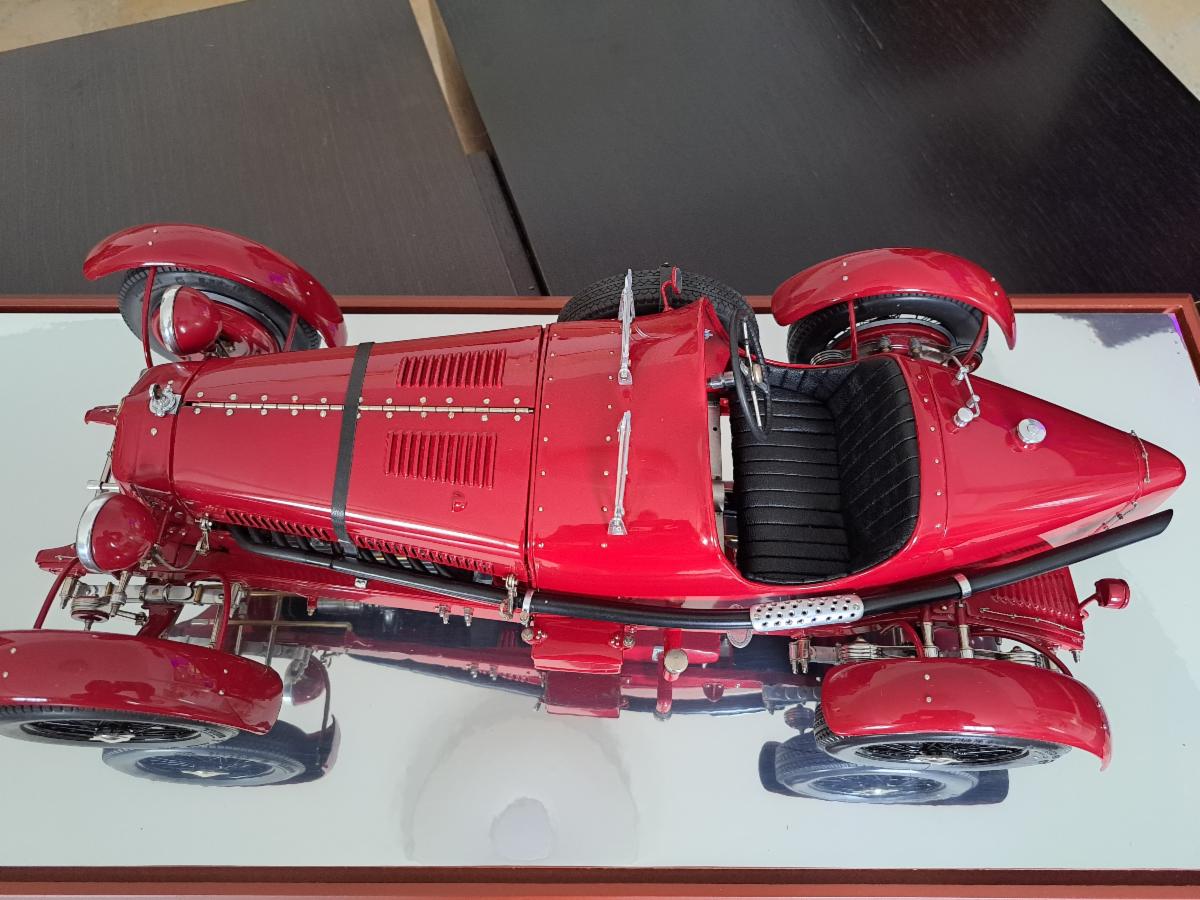
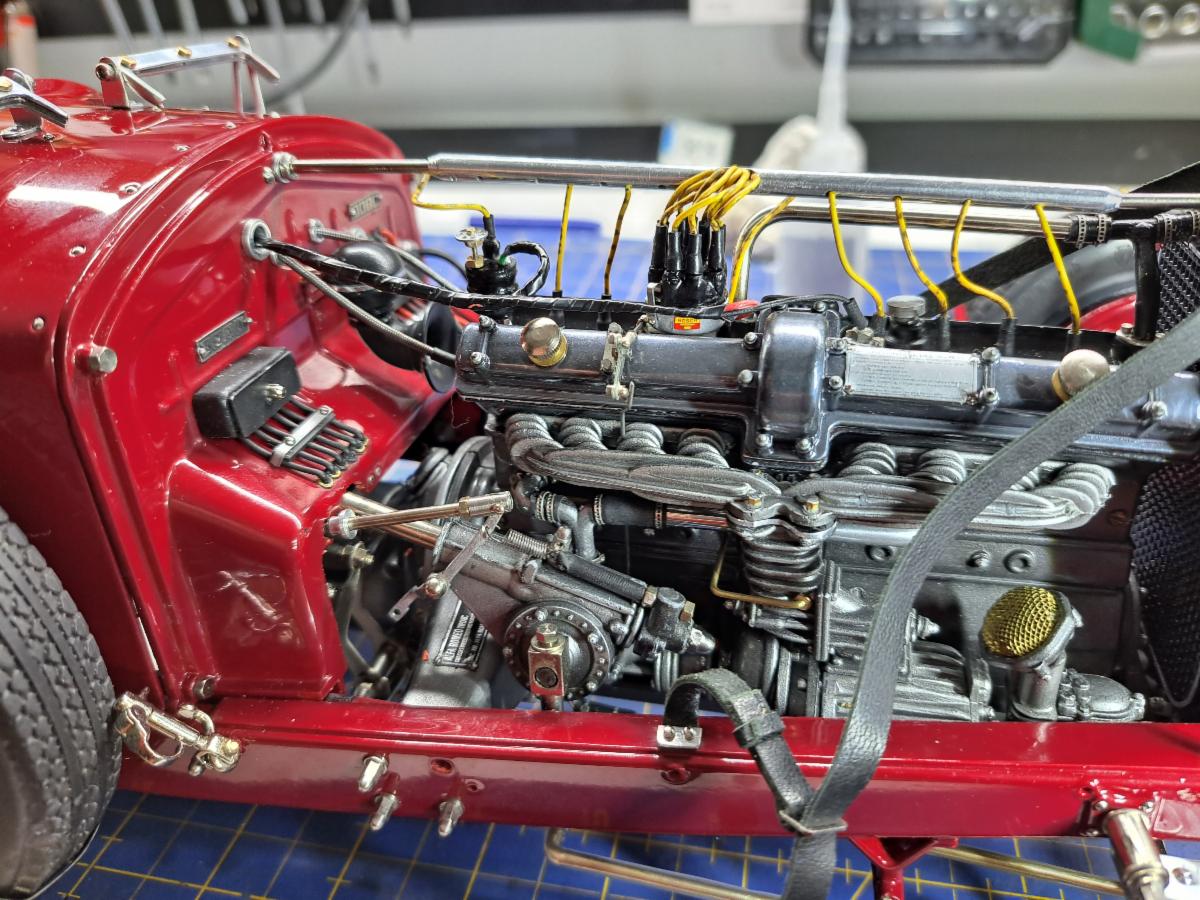
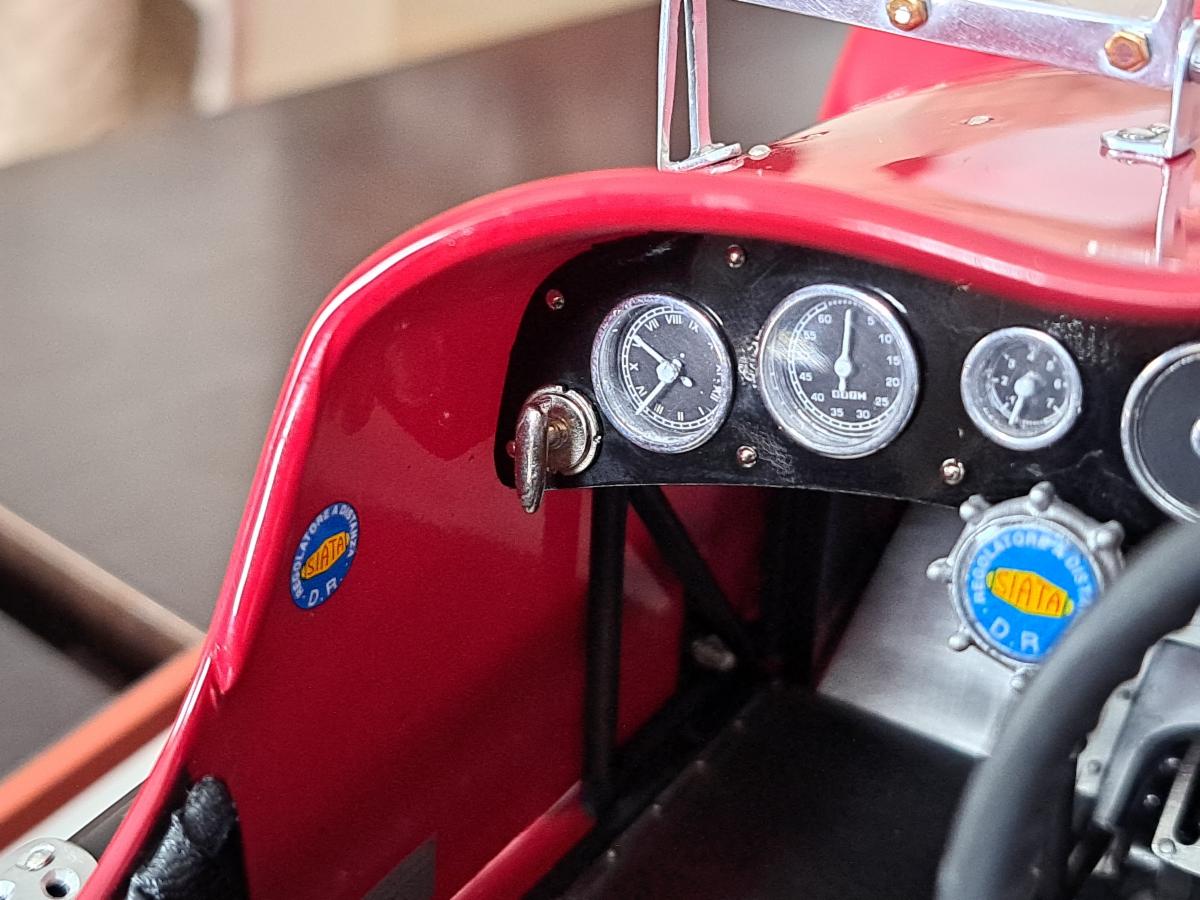
Photography and scale models are natural companions, and we here at Model Motorcars have done our best to convince Pocher builders that a camera is among their most important tools. The joy that we derive from getting a convincing photo of a model is addictive, and the joy seems to be increased proportionately to the scale of the model—bigger model, greater joy. Of course this is nonsense—just ask HO model railroader folk—but the bigger model/greater joy theory seems to have made us push-overs for a good photo of a Pocher.
Whether Carlos Duarte Duran of Spain agrees with us or not, what is undeniable is that he has capitalized on the wonderful effects of Pocher photographs. And whether or not his photos were used to aid construction, it is also undeniable that his photos add to our enjoyment of his wonderful Alfa Romeo 8c 2300 Corsa. Notice the effect of the cars color and how it makes the model nearly indistinguishable from its full-size cousin. Notice how a camera lens can effortlessly focus the viewer on just the right details. And notice how the monochromatic images can transport the viewer to a time when the drivers were fat and the tires were skinny.
Photos of the model’s details or portraits of the model outdoors, the camera has the power to transform a scale model from a static display to what appears to be the ‘real thing’. We were once told by a professional studio photographer that a scale model car was among the most difficult subjects a photographer can face—small, shiny, reflective, detailed, and fraught with shadows. Add to that toxic mix the fact that a scale model is less than a meter long and represents an object that is several meters long. Getting a convincing photo is a delicate balance between light, focus, and viewing angle. Not an easy task, but Sr. Duran has made it look effortless. The proof is that when looking at the images, it is easy to forget the effort that went into the model’s construction. A photograph can capture the magic.
We have now opened the Scale Hardware Model Museum.
Featuring all scales and subjects!
Click here to begin your tour.
You may have noticed the addition of several videos to the Museum.
It's very easy with all the new devices and certainly adds
to the presentation of your beautiful models.
Keep them coming!
If you have photo or videos posted and
they need corrections, please contact us!
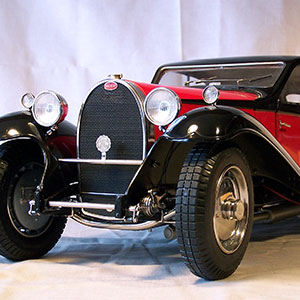
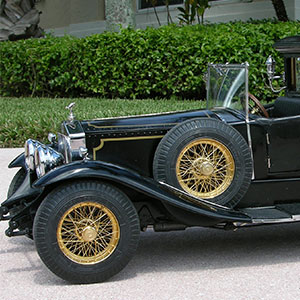
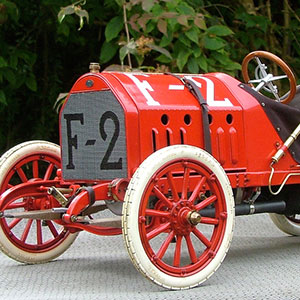
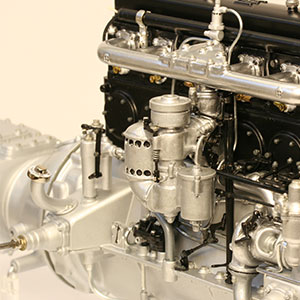
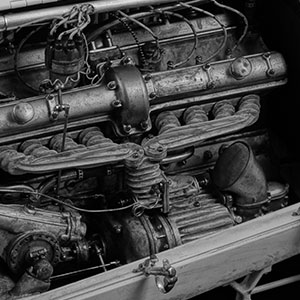
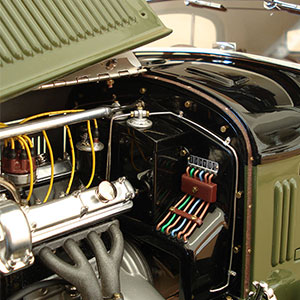
These helpful hints have made our modeling experience more fun over the years…
We hope they do the same for you!
We are proud to partner with industry leaders
Who share the same love for perfection and detail that we do









